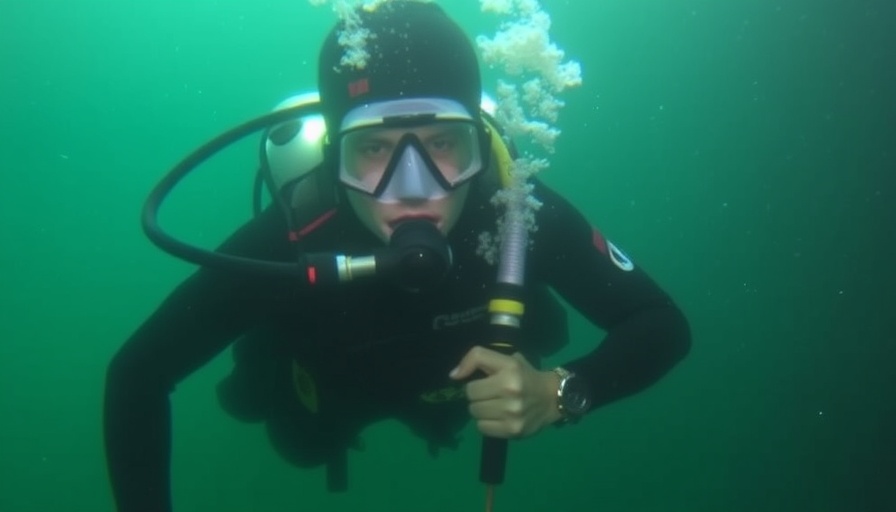
New Safety Standards Aim to Protect Aquatic Workers
Bipartisan legislative efforts in Minnesota are gearing up to enhance safety protocols for workers engaging in underwater tasks, with the Brady Aune and Joseph Anderson Safety Act awaiting the signature of Governor Tim Walz. This crucial legislative package was introduced following recent worker fatalities in the scuba diving sector, emphasizing the need for stricter regulations to ensure a safe working environment.
Why Scuba Diving Safety Matters
The act, introduced by Rep. Dave Baker (R-Willmar) and Sen. Liz Boldon (D-Rochester), mandates open-water scuba certification for workers involved in harvesting or destroying aquatic plants. This requirement serves as a reminder of the responsibility business owners and employers have to ensure the safety of their employees in potentially hazardous conditions. The bill's unanimous support in the Minnesota House highlights a collective recognition that enhancing safety standards is paramount for worker protection.
Essential Safety Measures Implemented
Key components of the Brady Aune and Joseph Anderson Safety Act include the requirement for utilizing buoyancy control devices designed to help divers resurface promptly during emergencies, illuminated dive beacons for visibility, and the supervision of a standby diver. Employers must also ensure that all divers undergo CPR and first aid training, providing a holistic approach to workplace safety that prioritizes immediate response capabilities.
Impact on Construction and Related Fields
This legislation is particularly relevant to the construction industry, where aquatic or underwater work is frequently part of larger projects. It requires employers to conduct thorough hazard surveys conducted by qualified safety professionals. By establishing these stringent guidelines, not only do businesses comply with regulations, but they also create a culture of safety that can enhance productivity—a critical factor in today’s competitive environment.
The Broader Ramifications for Workplace Safety
As society increasingly focuses on occupational health and safety, the lessons from Minnesota's legislative actions should resonate with a broader audience. The responsibilities placed on employers, from conducting hazard evaluations to providing extensive training, are valuable in safeguarding employees across various industries. Understanding and adopting these practices can lead to a more secure work environment, reducing liability and fostering long-term organizational success.
What Lies Ahead for Workplace Safety Legislation?
If signed, the bill is set to come into force on October 1, presenting an opportunity for other states to re-evaluate their own workplace safety regulations across industries. As businesses assess new compliance requirements, they should also consider the value of investing in safety programs—not just as a legal necessity but as a driving force behind employee satisfaction and retention.
In conclusion, enhancing scuba safety measures in Minnesota reflects a growing trend in workplace safety legislation—a trend that mandates proactive measures and comprehensive training to protect workers while improving operational efficiency. Employers should take these developments as an impetus to review their safety protocols and align with emerging standards.
If you’re a business owner or facility manager, it’s crucial to stay informed about upcoming legislation that affects your industry. As safety standards evolve, reviewing your business practices can ensure compliance and a safer environment for your employees.
 Add Row
Add Row  Add
Add 




Write A Comment